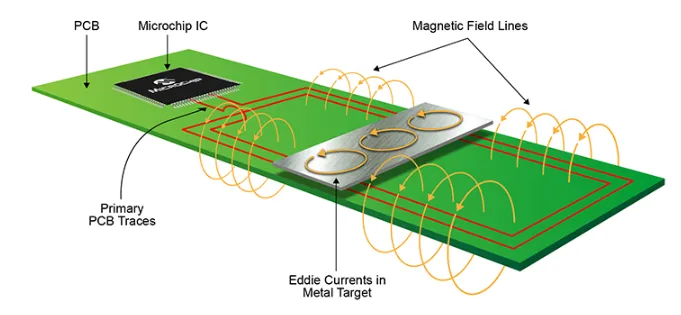To expand your news reach, consider advertising with our media partner, Patch Media, at https://heypapipromotionsmedia.town.news/. Patch is a nationwide news network comprising over 1,000 hyperlocal websites dedicated to community news across the United States. For press release distribution services, please call or visit https://heypapipromotions.com/advertise.
Hall effect sensors in electric vehicles (EVs)
From determining the position of steering wheels, pedals and seats to setting various valves, knobs and actuators, position sensors have a wide range of applications and are a common feature in modern cars. Traditionally, Hall effect sensors have been used for this purpose because they have many advantages, including high reliability (as they work without physical contact) and high speed operation. However, the EV's environment is very different from that of the traditional internal combustion engine powered cars it is gradually replacing, which poses problems for the continued use of Hall effect sensors. In this article, we review the operation of the Hall Effect sensor and explain why it is not suitable for use in electric vehicles. Then, we'll show how inductive position sensors work and what makes them a better alternative to position sensing applications for electric vehicles.
Problems with the use of Hall effect sensors in EV
The Hall effect position sensor generates a small voltage according to the magnetic field intensity of the permanent magnet target. The output voltage can be used to measure the distance between a magnet and a Hall effect integrated circuit (IC). However, problems arise if other factors introduce magnetic fields in the same vicinity as the Hall effect IC. If this happens, the sensor output voltage is not reliable. To prevent this from happening in automotive applications, shielding is often used to protect sensors from stray magnetic fields in vehicles. While this approach is satisfactory in conventional vehicles, electric vehicles pose a more serious challenge to Hall effect sensors. In electric vehicles, low-frequency magnetic fields are generated by the four main high-voltage modules, namely the powertrain module, on-board charger (OBC), battery pack, and DC-DC module, which affect certain electronic control units (ECUs) in the vehicle. Brushless DC motors for power steering and brake assistance also contribute to the problem.
Ecus with Hall effect sensors located near battery packs or powertrain modules may be affected by low frequency magnetic fields if insufficient shielding is provided. Electric cars' requirements for extra shielding mean bigger and heavier sensors -- neither of which are desirable when trying to extend battery life and vehicle range. Due to the rapidly increasing number of stray magnetic fields, new vehicle specifications require more immunity testing at higher magnetic fields. During electromagnetic Compatibility (EMC) certification, automotive electronics now withstand frequencies of over 5 mT (millitesla) DC electric fields and up to 150 kHz AC electric fields. False readings from any of the safety-critical sensors (power steering, gas pedal, traction rotor position) are not tolerated.
Advantages of inductive sensors
Inductive proximity sensors such as our LX3302A work by inducing an electric current in a metal object within the sensor's operating range. The sensor uses an oscillator to generate a magnetic field. Two secondary coils are used to detect this magnetic field, which Faraday's law converts into voltage, just as a transformer would. A metal target that interferes with this magnetic field will induce eddy currents that are opposite to its action and reduce the field strength at the target to zero. Two receiving coils placed in different physical locations detect different voltages, and their ratios can then be used to determine the position of the target object.

Stray magnetic fields are not a problem for inductive sensors using a technique called active demodulation. This filters out any unwanted external magnetic fields so that the sensor detects only the signal frequency of interest. In addition, because inductive position sensors use Faraday's law, which only responds to AC electric fields, they do not pick up any external DC magnetic fields. Other advantages of using inductive sensors include:
Inductive sensors perform better at higher temperatures than magnetic-based sensors, and signal processing electronics do not need to be near the sensing coil in hot environments. Magnetic sensors require electronic regulating circuits to be located at the sensing point. Inductive position sensors are very accurate and can be used to measure linear positions of many different lengths (5 -- 600 mm). They are also easier to install because they only require a metal target that can be built directly into the ECU. Hall sensors require magnets, which must be integrated into their installation.
Share the latest electronic and data engineering information to help you grasp the latest trends in www.anchiptech.com
Comments